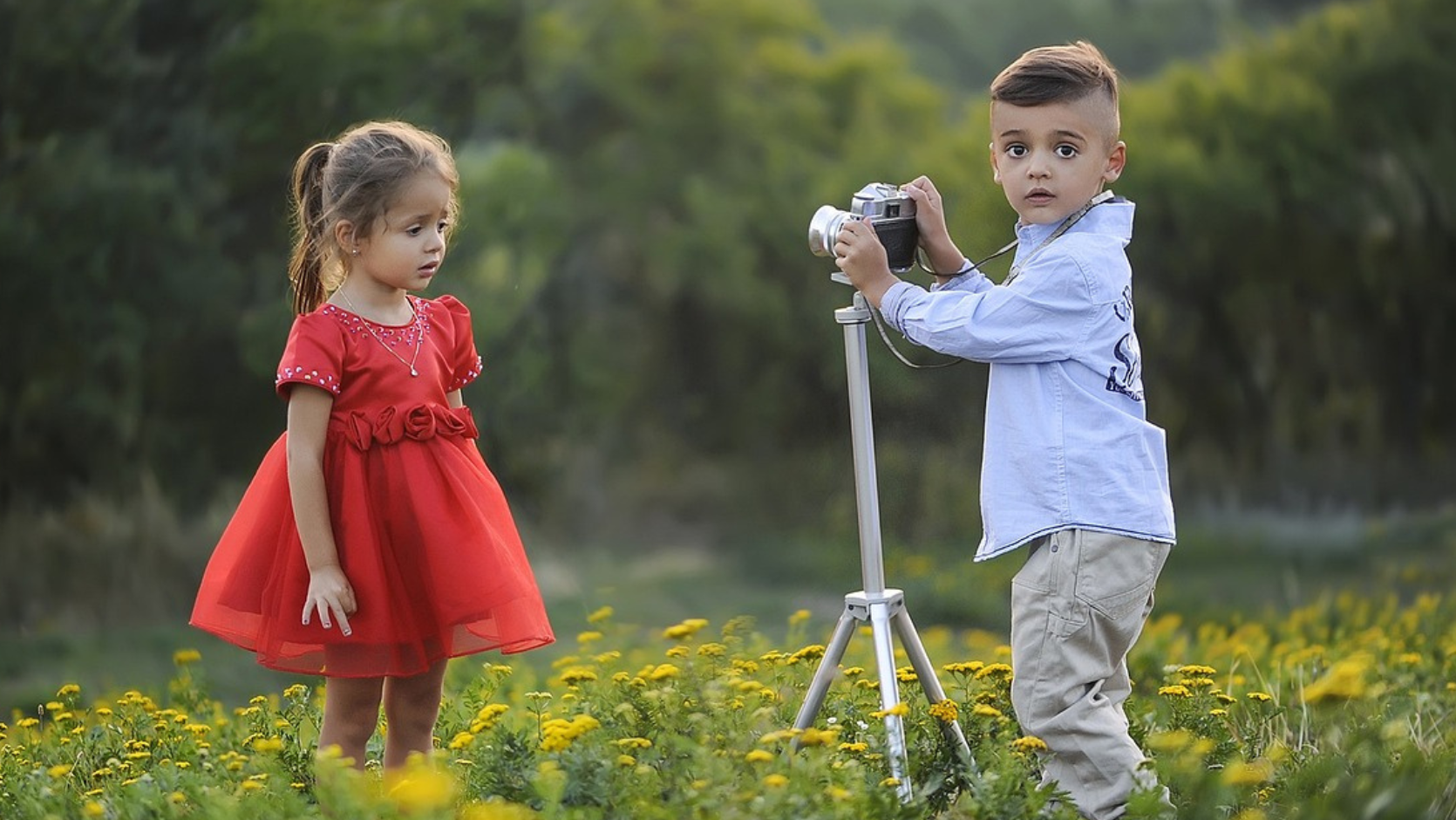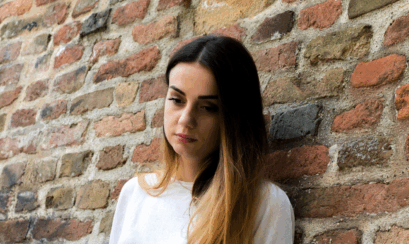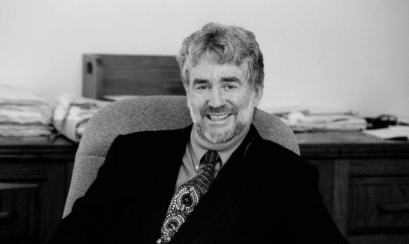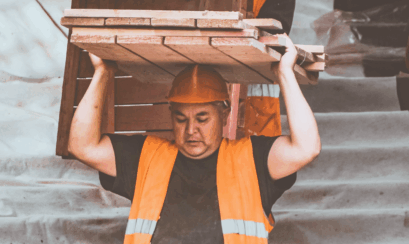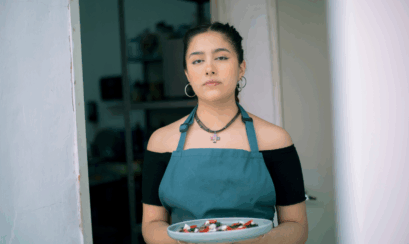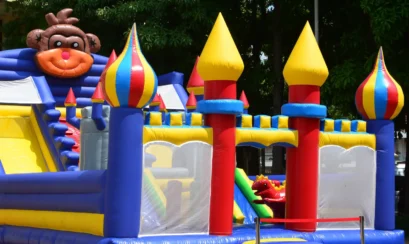Note: this article was updated in April 2019. To read the updated version, please see Photography and the law – when is it illegal to take a photo?
You are taking photos at a beach when someone abuses you for invading people’s privacy. You take a picture of the Opera House and use it in advertising for a product. You take a picture of a performer at a street fair and they demand you delete the picture as it breaches copyright.
All these scenarios are wrong in law. The legal rights and wrongs of taking photographs can be confusing, so let’s look at what the law says.
What are your legal rights when taking photos in public?
Firstly, it’s legal to take photos in a public place. There is no right to privacy that forbids you taking a person’s photo so long as you are standing on public property. You can even take a photo of someone in their house or backyard so long as you don’t step on their private property.
Secondly, nobody can claim copyright to their own image. So long as you are on public property you can publish the photo. But if you publish a photo taken by someone else you run into copyright issues. It is important you get permission to use it before publishing.
The difference between photos taken on public vs. private property
The performer in the above scenario was wrong as the photo was taken on public property. But if it had been taken in a private venue the performer or artist can have an agreement with the venue owner about photographs.
Using a photo for commercial purposes is different. You are welcome to take happy snaps of the Opera House, but if you then use the photo to advertise a product without permission of the Opera House you will be in trouble with the managers. This is “commercial use” and needs approval.
Similarly, if you are standing on private property it is illegal to take pictures or film without permission. This includes shopping malls, industrial sites, farms and office blocks. Technically it’s illegal to use your camera phone to film a rock concert, but they’ve given up policing it.
The legal use of aerial drones for photography
However, the law is still to catch up when it comes to using small aerial drones to hover and film criminal suspects or farming and mining operations.
If the operator is standing on public property and so long as the drone doesn’t land or enter a private building they are within existing laws. Channel 9 used a drone to film down into Christmas Island detention centre and Federal Police conceded they broke no laws. Aviation laws say the drone must stay 30 metres from people, but there are calls to restrict the use of aerial drones to film inside private property.
Need more advice on photos and the law?
Photo use can be a cloudy and difficult issue to understand at times. If in doubt it is best to seek legal advice to get a clear answer on any of your concerns. For more information please see our 2024 article Who owns images on social media? and our 2025 article Photography, privacy and copyright infringement.
For more information on the broader topic of privacy, please see When our walls turn to glass – the end of privacy.
